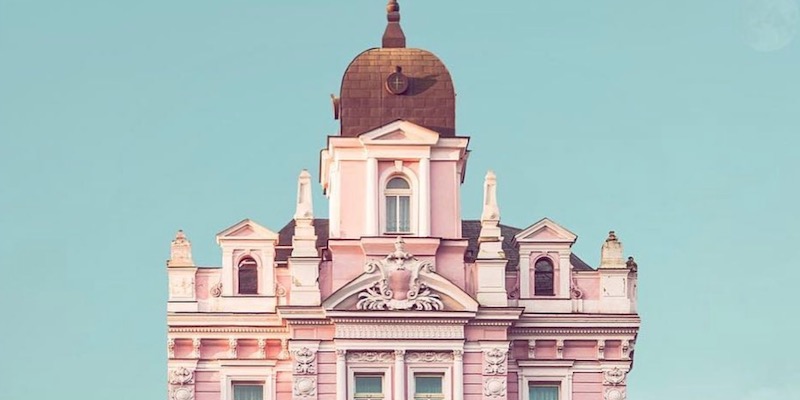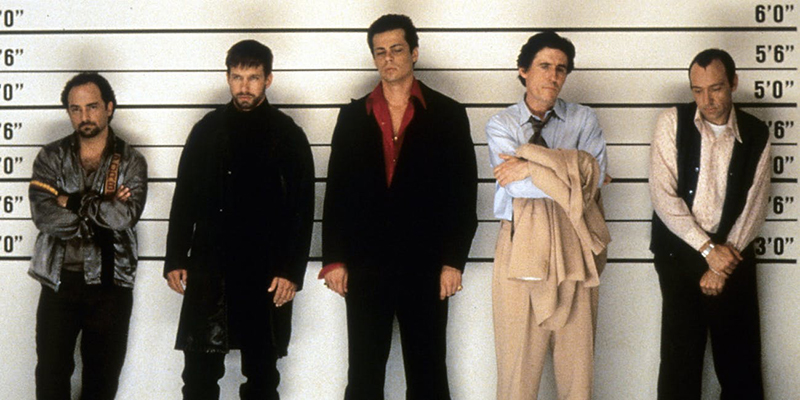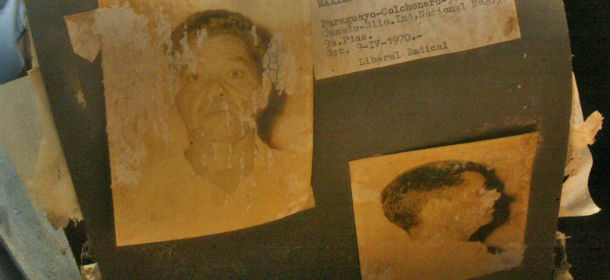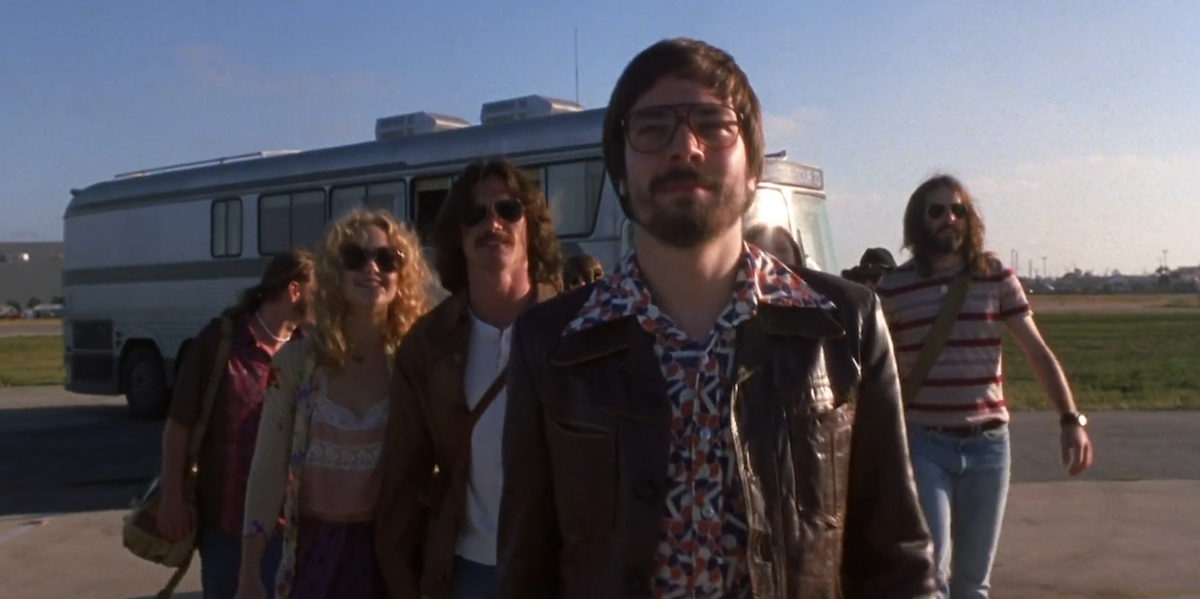Il cinema di Wes Anderson che c’è nel mondo
Un account di Instagram raccoglie gran foto simmetriche di posti in tinta pastello, che sembrano usciti da “Moonrise Kingdom”

Dallo scorso giugno su Instagram c’è un profilo che raccoglie fotografie di posti di tutto il mondo che sembrano essere usciti da un film del regista Wes Anderson, quello di I Tenenbaum, Le avventure acquatiche di Steve Zissou e Grand Budapest Hotel, tra gli altri. L’immaginario di Anderson è molto riconoscibile, per le palette di colori che sceglie per le scenografie e per le inquadrature simmetriche, ad esempio. Il profilo si chiama accidentallywesanderson, è stato ispirato da un subreddit che ha più o meno lo stesso nome e ha più di 84mila seguaci: chiunque può mandare a un indirizzo email immagini di posti che gli ricordano un film di Wes Anderson, perché siano incluse nella raccolta.
Wally Koval, il creatore del profilo, ha detto a Vogue che ha cominciato usando le fotografie raccolte su Reddit, ma nel giro di poco tempo hanno iniziato ad arrivargli moltissime altre immagini ogni giorno. Sotto ogni immagine ci sono delle informazioni sul luogo che raffigura e la sua storia.
Tra le fotografie pubblicate finora (alcune delle quali di posti in Italia) si vedono molti fari che assomigliano a quello di Moonrise Kingdom – Una fuga d’amore o a quello di Steve Zissou, treni che ricordano Il treno per il Darjeeling, palazzi che sembrano il Grand Budapest Hotel e funivie simili a quella dello stesso film.
https://www.instagram.com/p/BVNVdv8lVXW/
Un hotel a Praga
https://www.instagram.com/p/Bbmgee0lPDU/?hl=it&taken-by=accidentallywesanderson
Un treno in Norvegia
https://www.instagram.com/p/BVNRDJQl1ww/?hl=it&taken-by=accidentallywesanderson
Un faro in Australia
https://www.instagram.com/p/Bbwh6J7FVDA/?hl=it&taken-by=accidentallywesanderson
Il salone di un castello in Germania
https://www.instagram.com/p/BYLfxksFKd_/?hl=it&taken-by=accidentallywesanderson
Il Cinema Impero ad Asmara, in Eritrea
Sul Post ne avevamo scritto qui.
https://www.instagram.com/p/BWpWM-7F2Pw/?hl=it&taken-by=accidentallywesanderson
Una stazione della metropolitana a Singapore
https://www.instagram.com/p/BWhnN2LFOzG/?hl=it&taken-by=accidentallywesanderson
Un faro in Islanda
https://www.instagram.com/p/BbXCKDTFuoR/?hl=it&taken-by=accidentallywesanderson
La piscina di un hotel a Senigallia, nelle Marche
https://www.instagram.com/p/BXShRz1lMmD/?hl=it&taken-by=accidentallywesanderson
Una stanza in un palazzo governativo di Ho Chi Minh, in Vietnam
https://www.instagram.com/p/BWnOLLyFGrF/?hl=it&taken-by=accidentallywesanderson
Una chiesa di San Pietroburgo
https://www.instagram.com/p/Bay-ZW8FnWX/?hl=it&taken-by=accidentallywesanderson
Una piscina a Budapest
https://www.instagram.com/p/BaTusz_lkVA/?hl=it&taken-by=accidentallywesanderson



